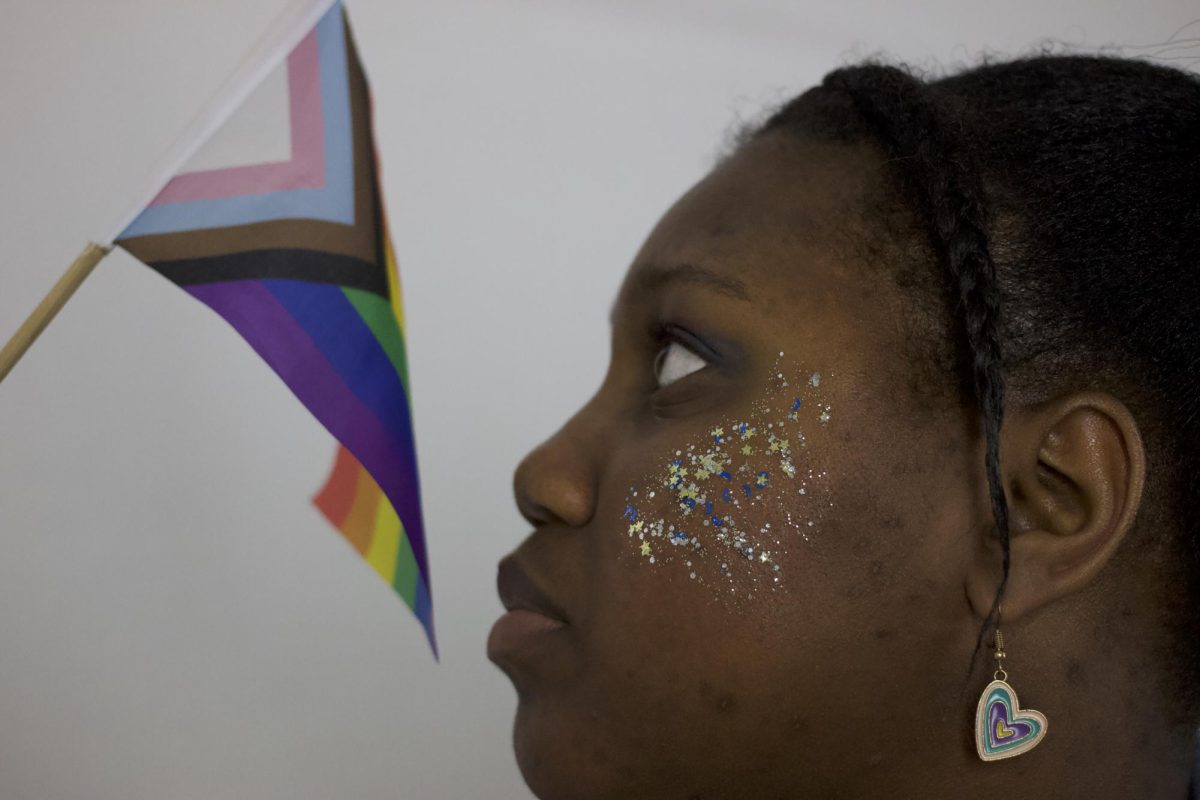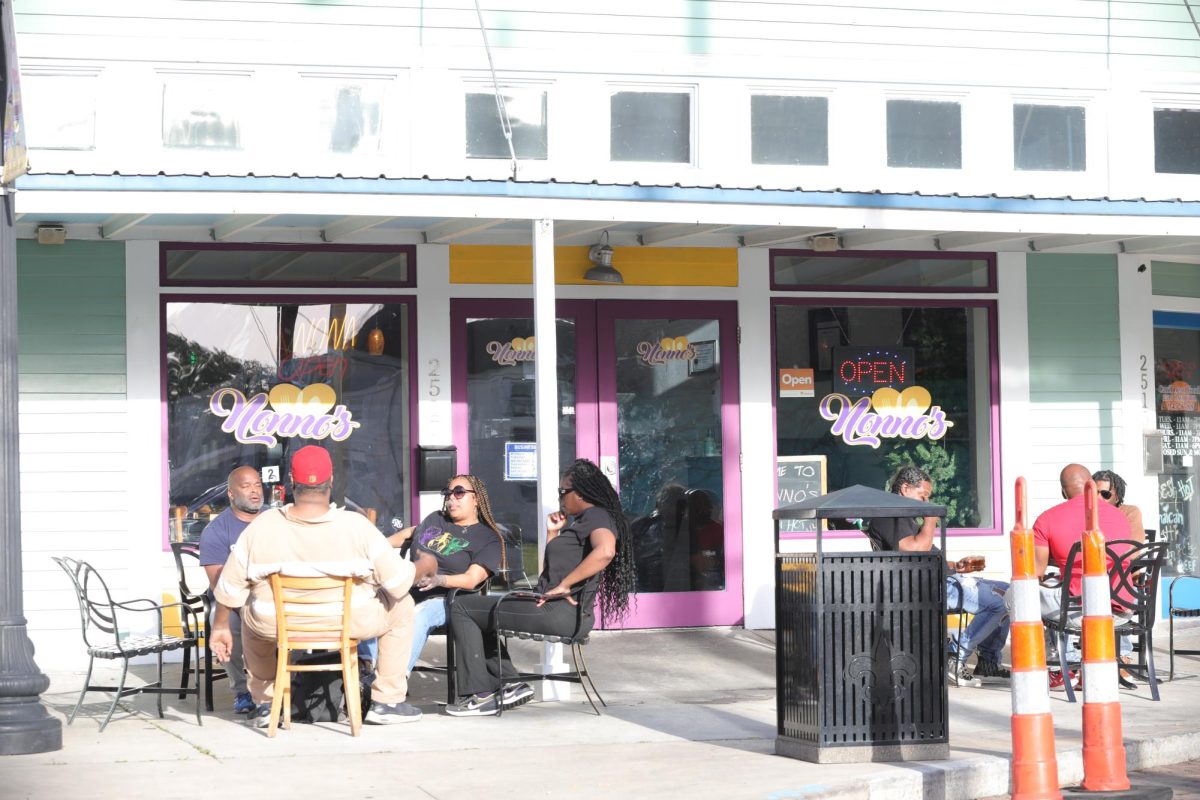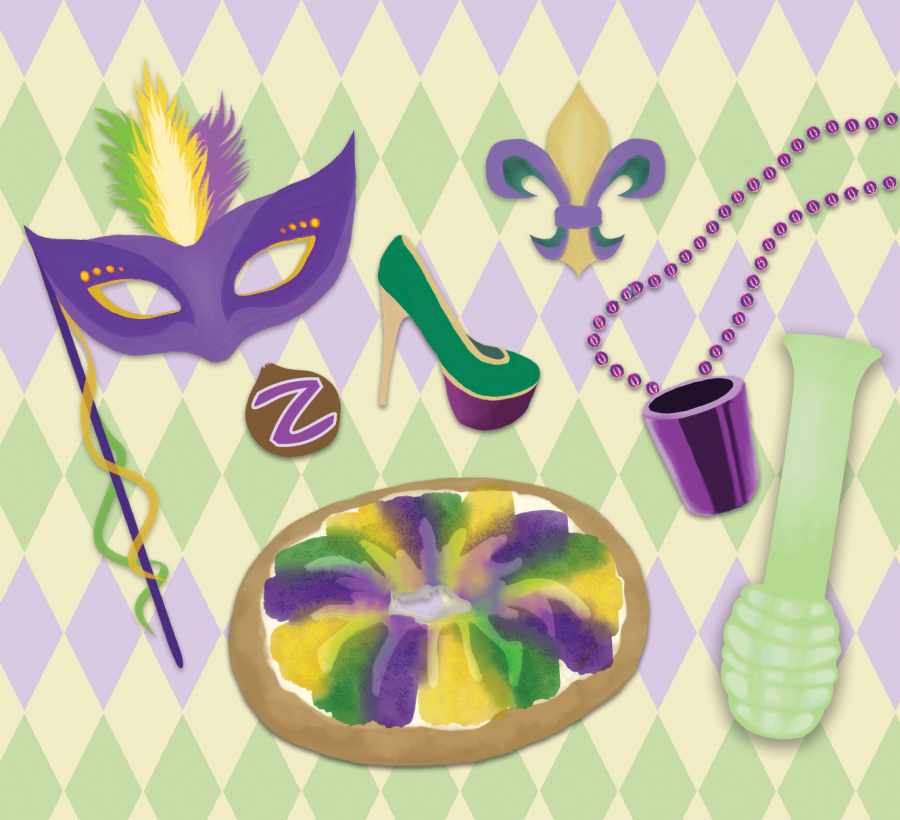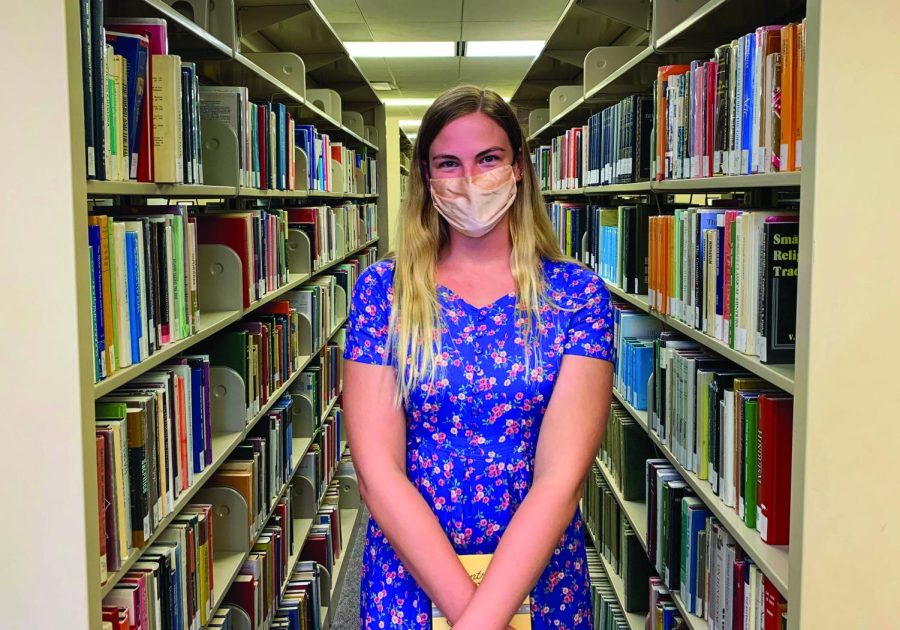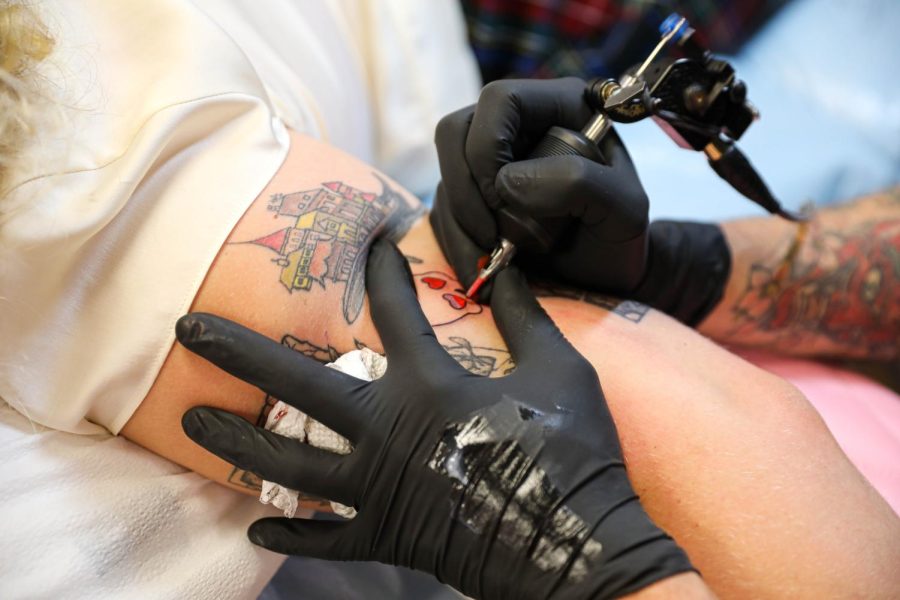Loyola College, established on St. Charles Avenue in 1904, had a very modest beginning.
The Rev. Albert Biever, S.J., was assigned the task of establishing the new Jesuit college. He wrote that he “came to Loyola with five cents in my pocket to pay for my car-fare.” The cash on hand did not exceed $100, and the initial class numbered only six.
Biever said he had to ask for a $1,000 loan from the rector of the College of the Immaculate Conception to purchase desks, blackboards, and lecterns.
The new institution was at first both a preparatory school and post-secondary institution. However, Biever’s vision from the beginning was to lay the foundation for a Catholic university in New Orleans.
When Loyola College was launched on Sept. 7, 1904, among its nine students, one was a college freshman.
Within a year, he was joined by three other college students. Basil R. Beltran, the only college student among the initial students in 1904, received his bachelor’s degree on June 10, 1908.
Graduating with him were Thomas F. Devlin and Carey E. McMaster, who had transferred to Loyola. Because the degrees were awarded alphabetically, Basil Beltram claimed the honor of being the first student to receive a bachelor’s degree from Loyola.
Biever, the founding president of Loyola, was born in Luxembourg. After joining the Jesuits, he was sent to the Jesuit novitiate in Grand Coteau, La. for his novitiate.
Biever’s introduction to post-Bellum Louisiana was arduous. He boarded a little river packet, the “Fleta,” in New Orleans and headed up-river. The trip down the Atchafalaya took eight days.
Then Biever rode to Grand Coteau in an open wagon through torrential rain on flooded roads. However, the 17-year-old was undaunted and persevered.
Archbishop James Blenk of New Orleans characterized Biever as “a dreamer after the heart of God.”
The Archbishop proclaimed, “Thank God for the gift of Father Biever to New Orleans.”
Blenk urged Biever and the Jesuits to transform Loyola College into an American-style Catholic university.
He said, “We need a Catholic University and New Orleans is the place for it; and the Fathers of the Society of Jesus are the men to develop it unto final success.”
New Orleans at the time was by far the largest city in the South. The city also had the largest concentration of Catholics in the South. In 1910, over 40 percent of its 339,075 residents were Catholic.
The next largest southern city, Atlanta, had only 154,839 residents in 1910, and it was overwhelmingly non-Catholic.
By 1912, Biever’s new university was chartered by the state.
Bernard Cook is a history professor at Loyola. He is currently on sabbatical in Europe and is working on a book about the history of Loyola University New Orleans.
He can be reached at cook@loyno.edu



